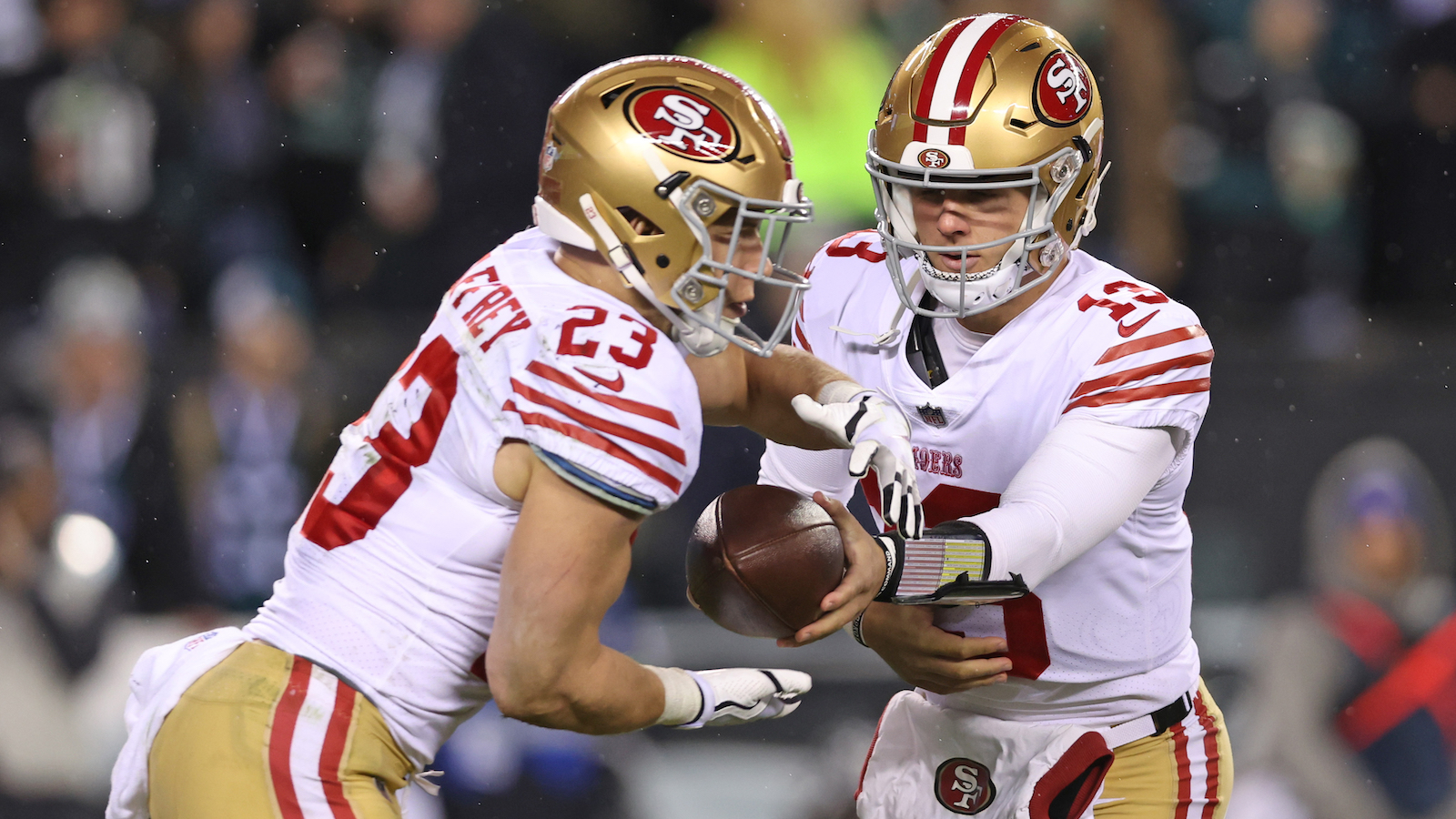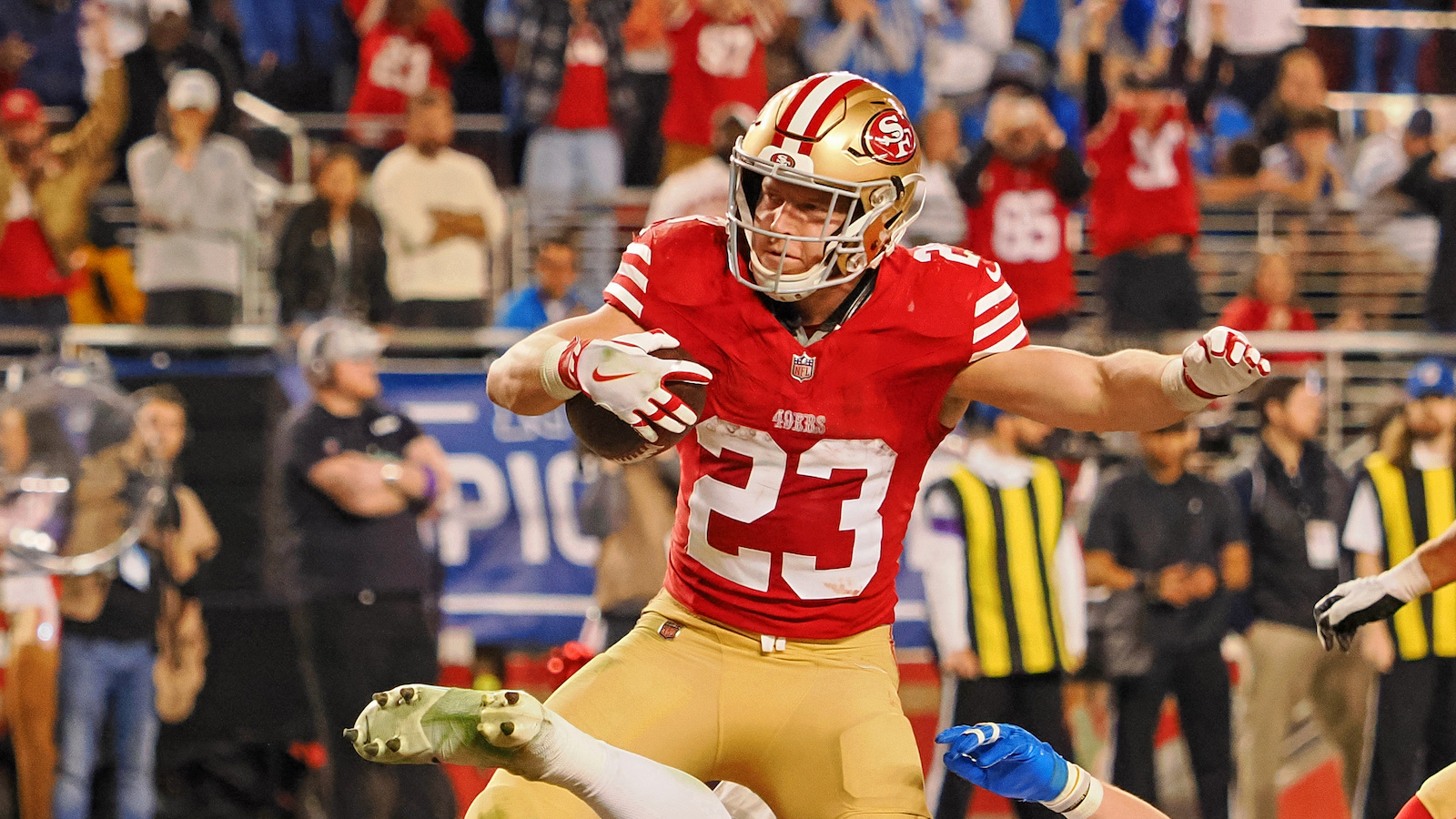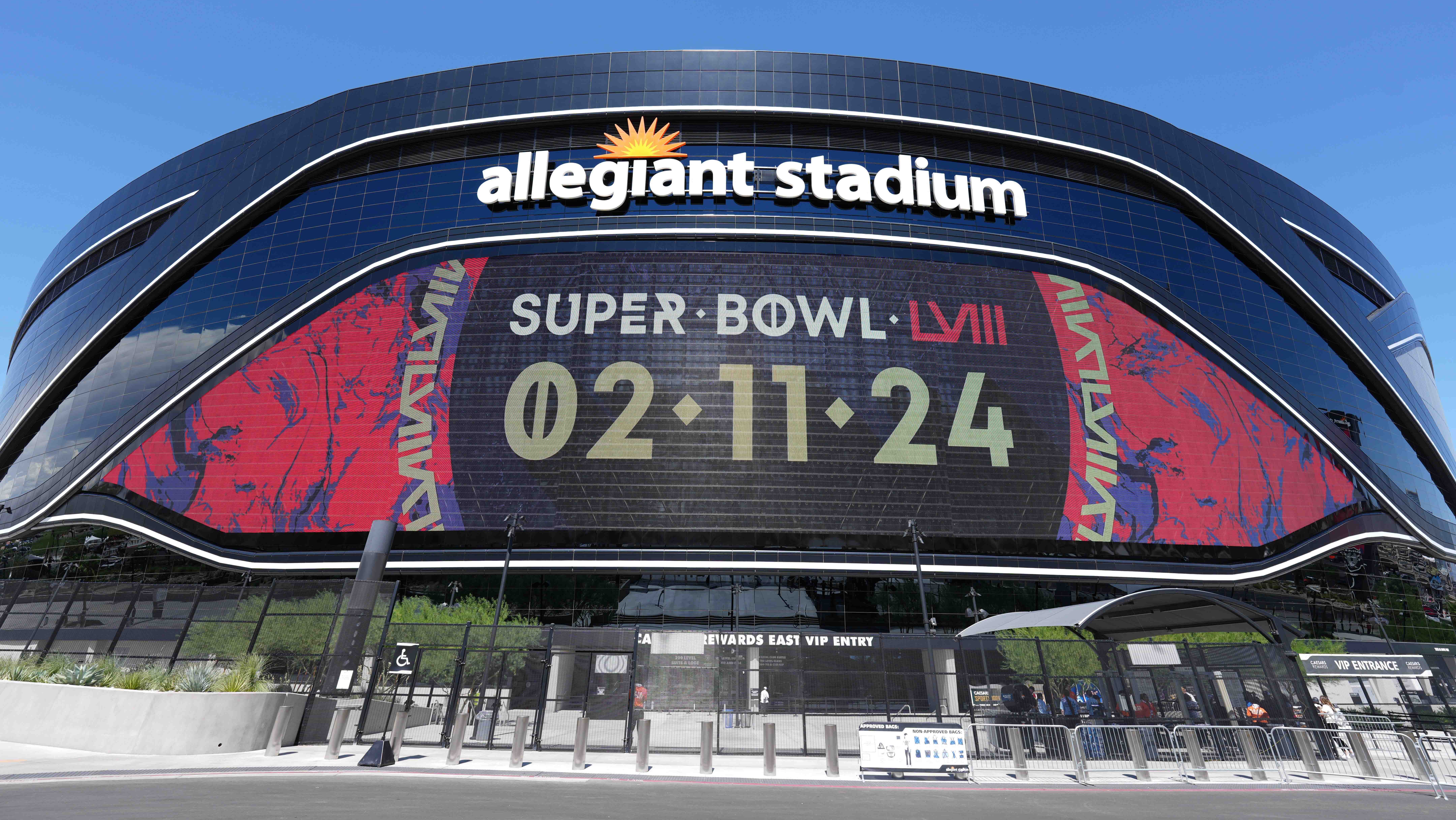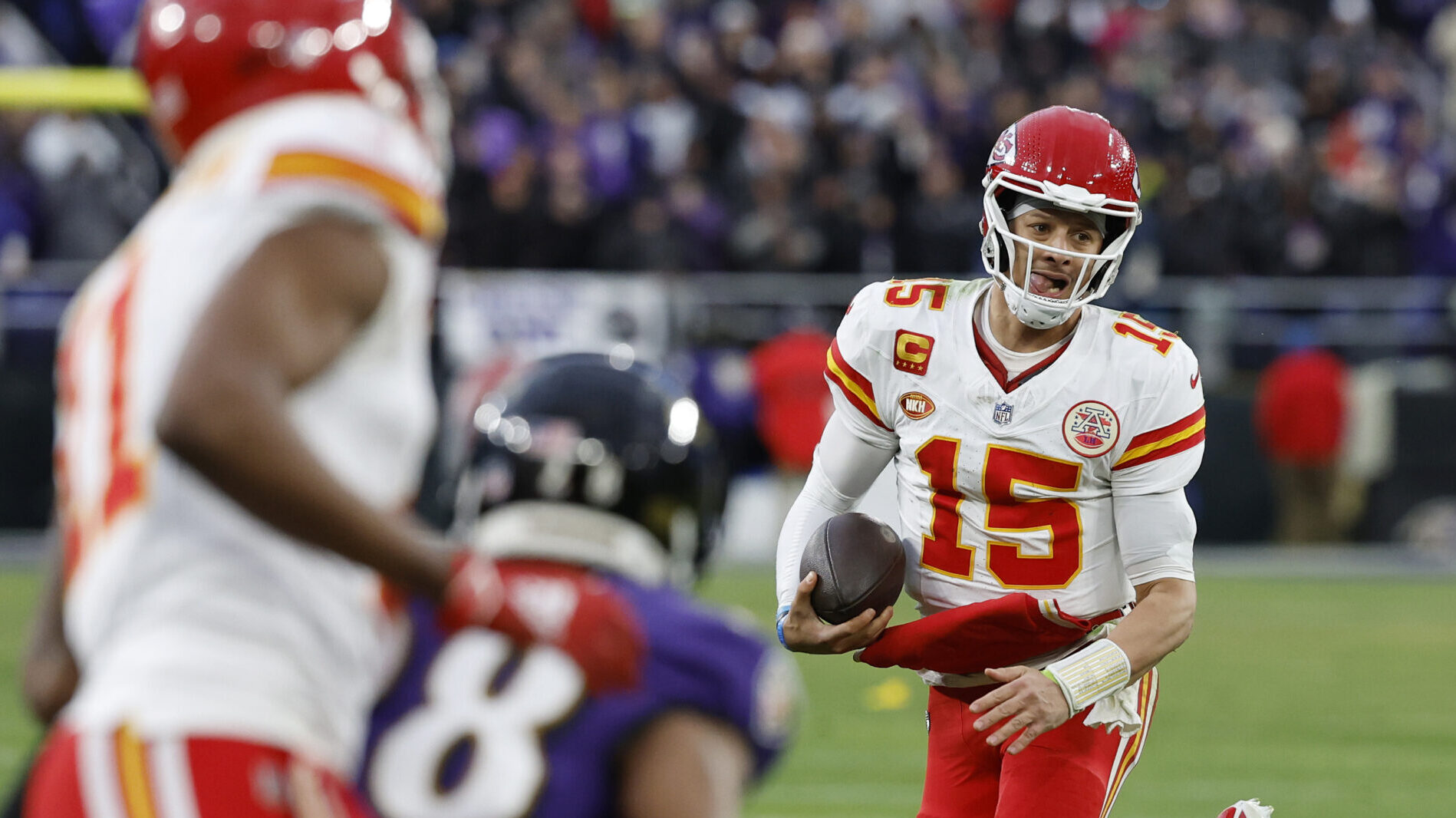Betting
8/29/22
8 min read
The Four Factors of Betting NFL Totals
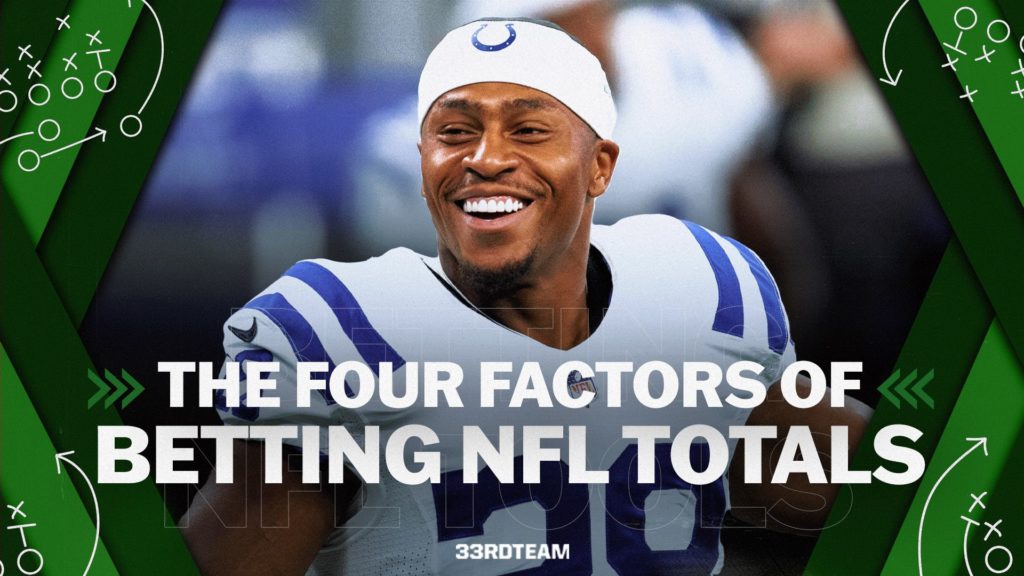
The betting world is exploding with new ways to wager on your favorite angles and favorite teams.
With teasers, parlays, props, futures, contests—the sports betting marketplace has never been more widely available or desired. A consequence of all these options is that traditional betting (a.k.a spreads and totals) is often discarded by rookie bettors. If anything, the modern day bettor hears that executing long-shot parlays or props wins large amounts of money.
We see it every day on social media. Sportsbooks only want you to see the big-wins in these cases, for obvious reasons, but this is not a sustainable way to earn money. Take it from someone who knows and made all the mistakes.
Ryan Reynolds and I wrote detailed articles on betting sides against the spread (like Bills -2.5 in Week 1, for example—that’s a side bet), but we haven’t discussed totals. Many handicappers take on NFL totals as their expertise. In the wild world of the NFL, where variance is king and the seemingly impossible happens on a weekly basis, betting solely on totals can be a nice respite from all the insanity.
Let’s break down the factors of betting NFL totals with the four below factors.
The Matchup
This is the first factor for obvious reasons.
In many cases, evaluating pre-game matchups is one of the best ways you can prepare for a totals bet. However, what the data tells us could be misleading. It’s easy to say, “Well, this offensive line is really good and this defensive front is really bad, so clearly the offense has a huge advantage in the rushing game.”
Usually these things turn out to be true if the data is accurate and if all the ancillary factors affecting the game are even, but both teams know their strengths and weaknesses, too. Try to eliminate confirmation bias in these situations—over longer periods of time, statistics are typically more predictive. Looking at how previous matchups turned out against the same or similar teams is a nice fail-safe to add extra evidence to your angle.
Let’s look at an example: Last year, running back Jonathan Taylor had some really impressive performances. I don’t think it was a coincidence that when he was able to gain more rushing yards in a game, it led to the Colts scoring more points.
Look at the below correlation...
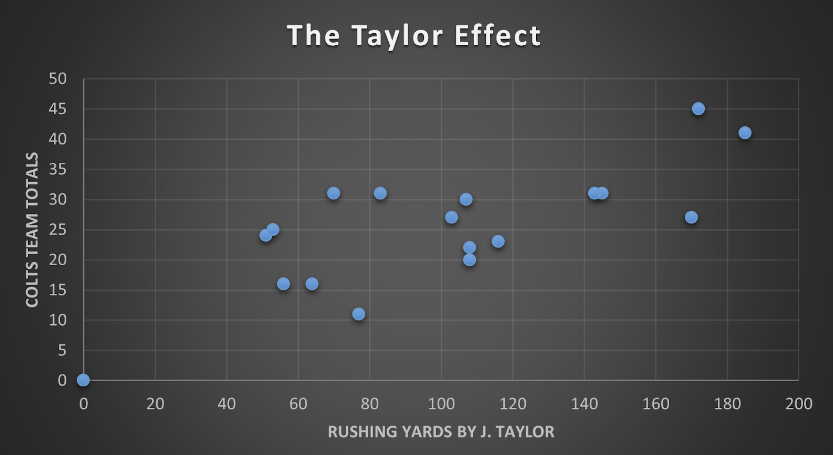
When Taylor ran for more yards, Indianapolis scored more points, in general. Interestingly, full game totals were 5-5 against the spread when Taylor rushed for over 100 yards. This shows us that while the Colts’ total points tend to rise when Taylor finds success on the ground, that doesn’t always equate in the full game total. It’s also not a coincidence that in the games where Taylor ran for the most yards, he typically faced defenses ranked in the bottom half of the NFL in rush yards allowed.
Even when an elite team with a great record faces a poor team at the bottom of their division, the matchup could reveal less disparity than we perceive. Using matchup based research in your angles is an essential first step in betting totals.
Motivation
Motivation is one of the most important factors to consider when handicapping a game. The same logic applies for totals.
In case you haven't noticed, not all athletes are equal in terms of motivation. This is particularly apparent in the NBA, where superstars tend to run the show. Kyrie Irving, Ben Simmons, and Anthony Davis are great examples—motivation literally wanes game to game. That's not as much the case in the NFL, but athletes are still subject to the same ebbs and flows. After all, they're human.
Some handicappers probably ignore intangible factors like motivation, which I think is a grave mistake. In case you're starting to wonder if this is all hogwash, take a look at the below examples and you tell me if it’s likely that the below teams/players are all equally motivated. I’d vote a big fat no.
- Drew Brees and the Saints play their first home game, back in New Orleans, following Hurricane Katrina.
- The Bills are 1st in the AFC by a wide margin. Their record is 10-1 and they're about to play the Jets, the NFL's worst team, at home. The Jets are a sorrowful 2-9.
- It's 2007 and the Patriots are 15-0 heading into Week 17.
- It's the third week of the preseason, no starters are playing, and the coach's priority is to ensure they incur as little injury as possible.
- The Broncos' were torched in Week 2 by the Kansas City Chiefs in Arrowhead. Now the Chiefs are traveling to Denver for an important AFC West battle.
- Three players on the home team will receive 20k bonuses if they exceed 50 yards in the next contest.
This is where regression comes into play. Anticipating positive and negative regression on totals frequently comes down to preliminary estimations of motivation. Does the coach have a special reason to care about this contest? Are they scheming differently on offense? Did they get blown out or shut out the last time they faced their next opponent? Is the quarterback playing against his former team? Is a coach playing against his former quarterback?
Levels of motivation matter most for coaches and quarterbacks, since they have more operation control over the result of a game than anyone else. It can also matter for defenses, especially if they were embarrassed in a previous contest. Whether a team is a bottom-dweller or elite, these are still professional athletes.
It's cliche, but on any given Sunday, any team in any situation can beat another squad. In many cases, it comes down to how motivated each team is.
Weather
One of the most entertaining parts of NFL competition is that most games are played in the great outdoors. Weather affects and challenges the approach of coaches and players alike, and it can create some of the greatest edges for totals bettors. For example, it’s hard to throw a football 60 yards downfield if wind gusts are exceeding 40 m.p.h. Just ask Josh Allen and Mac Jones in Week 13 last season.
In this infamously grotesque contest, where both the Patriots’ and Bills’ offenses struggled to move the ball all game, we saw some shockingly low production.
Just look at the graph below, and see if you notice some particularly wild data points:
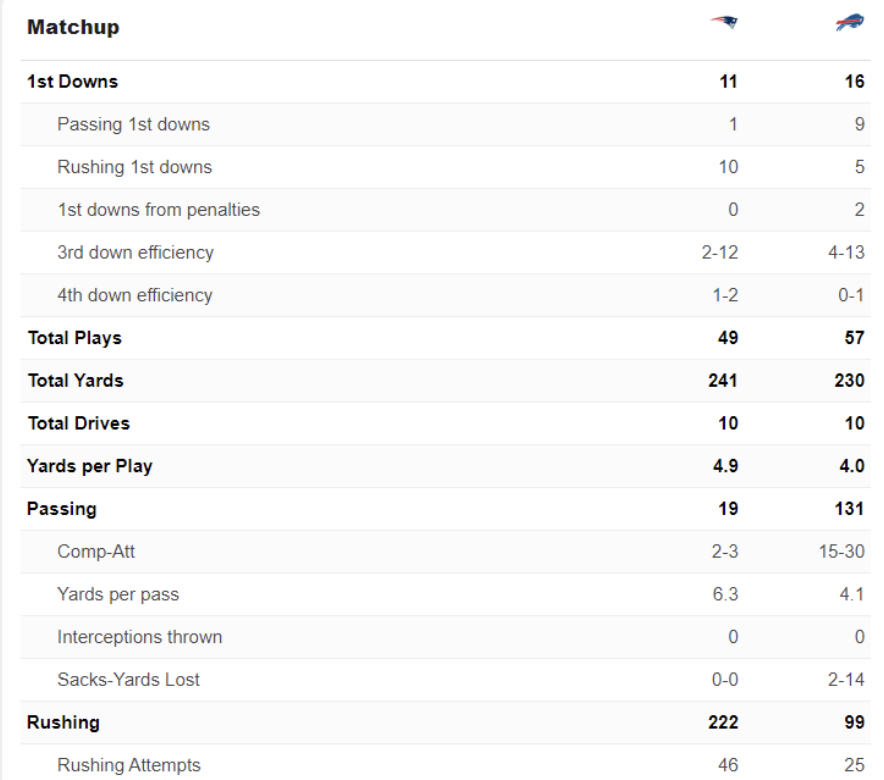
My favorite is the Patriots’ passing yards. New England ended up winning this contest 14-10, and they only needed 19 passing yards from Mac Jones to do it. Even Josh Allen,whose arm is notoriously strong, struggled to produce at a rate anywhere close to his average. Snow causes runners on offense and defense to slip, rain creates slick pigskins, and wind can greatly alter the trajectory of the passing and kicking game.
Don’t ignore weather forecasts earlier in the week. You may get an extraordinary line on a full game total that sportsbooks won’t notice until it’s too late.
Pace/Tempo
Often ignored in the NFL, tempo is an increasingly important factor to examine in fantasy, in betting sides, and undoubtedly when it comes to betting totals. NFL coaches attempt to execute offensive efficiency in various ways, and the pace of the play calling is a huge part of that.
Betting websites and NFL data factories are starting to catch on, with more analysts evaluating pace of play and comparing it to corresponding results. Our Stephen Dranoff outlined how 2 minute drills are more refined in today’s NFL, too. Some teams are clearly more advanced than others.
In general, here’s the formula I use in the NFL:
- Fast Paced Offense vs. Fast Paced Offense = Higher Scoring
- Slow Paced Offense vs. Slow Paced Offense = Lower Scoring
- Fast Paced Offense vs. Slow Paced Offense = Variable Results
Makes sense, right?
Of course the talent of the defense and offense matters just a tad, too. If a fast paced offense is facing an elite defense, it may not matter how expedient or effective the play calling is. That matchup might be a lower scoring contest. The same goes for a slow paced offense against a terrible defense; plentiful points could be the result.
Last year, the top five fastest offenses measured by seconds per play were the Chargers, Cowboys, Jaguars, Bucs, and Steelers. In three matchups between those five teams, the over went 2-1, and at least three of those five teams are equipped with defenses that many would consider elite.


